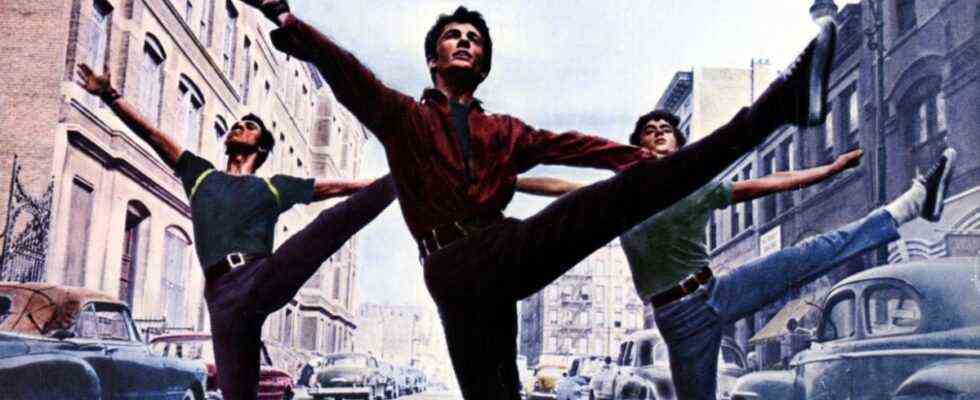When I met Stephen Sondheim, he was already a legend. My mentor, Harold “Hal” Prince, with whom Stephen had had great success, introduced me. And on a pre-Christmas one “Tree Trimming Party”, to which Hal and his wife Judy invited every year. The famous musical author stood in a circle of admirers near the mighty Christmas tree in the four-meter-high room. There was a lot of laughter, and the slim man with the trimmed full beard and long hair was giving a kind of seminar.
He enjoyed lecturing. Very unobtrusive, interspersed with self-deprecating subordinate clauses and little anecdotes, with the superiority of an experienced expert. I was lucky enough to meet him repeatedly in the 1980s and 1990s, at his home and with other colleagues. Valuable lessons from which I have benefited ever since.
For him, the musical was not what many Broadway producers understood it to be. Not a further development of the vaudeville theater, but the most ambitious form of drama. Big, narrative theater with music. This requires a complicated craft that Sondheim wanted to teach as many authors as possible. And so he never talked about his own works, but about the know-how on which they were based. The audience knew his outstanding talent anyway.
“Less is more” – and always watch out for something unspoken!
First he warned against making the choice of the material dependent on the “market” or a client. A story had to be told with and through music. Ideally, you should dare to tackle a topic that you find challenging. Only those who wonder whether they are good enough can do something good.
As far as the lyrics are concerned, three of his maxims stayed in my head. One: “Content dictates form” – the content must determine the form Two: “Less is more” – less is more. And three: “God is in the details” – the details are central. He insisted that every song in musical theater must be a mini-drama. And behind what has been said there must be something unspoken (“No song without subtext!”). The words used must also match the character who sings the song. Too often people forget, he said, that lyrics are sung. They shouldn’t be “clever”, poetic or complicated, but rather so clear and simple that you can understand the meaning when you hear them for the first time. Not least because of this, they should rhyme. The rhyme makes it easier to complete overheard parts of the text.
I have never met anyone who was more generous with advice and well-intentioned criticism. Sondheim made no secret of how he proceeded. First he looked for the idea, then he worked out the text and finally he set it to music. While he was working on the text, he was lying on the sofa with the writing pad in front of him. His tool was a pencil with a soft lead. At the edge of the page he listed possible rhymes. When he couldn’t think of any more rhymes, he added the list from the rhyming dictionary.
When he wasn’t working, he was designing crossword puzzles. I once wrote him a thank you letter that consisted of a crossword puzzle that I thought of myself. Despite all the effort – much too easy for him. Even the infamous crossword puzzle the New York Times he solved in ten minutes. In a way, it was training for his work as a copywriter. Here, too, he had to pack a certain content into a given number of syllables.
He often worked on two lines for several days. He wanted to be perfect and was annoyed when he couldn’t. Up until old age he criticized himself for putting the line “It’s alarming how charming I feel” in Maria’s song “I feel pretty” in “West Side Story”. It was musical and elegant, but it doesn’t match the origins and character of the young woman who sings it. Stephen tried in vain to change the text afterwards. Leonard Bernstein and Hal Prince saw no reason to.
It would be a shame to remember Stephen Sondheim alone as the creator of important works in musical theater. He was also a great teacher.
Michael Kunze is a writer and musical librettist. His so-called drama musicals, including “Elisabeth”, “Tanz der Vampire” and “Mozart!”, Have been translated into 16 languages and have so far reached 26 million viewers worldwide.

